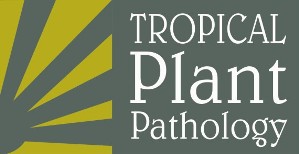Postbloom fruit drop (PFD) is caused by a unique strain of Colletotrichum acutatum that infects citrus flowers, producing necrotic lesions on petals and the abscission of fruitlets. This strain survives on vegetative tissues during non-flowering periods, and conidial production on colonized tissue is stimulated by flower extracts. Genetically distinct strains from other hosts can cause PFD symptoms, but their survival on vegetative tissues and ability to sporulate in response to flower extracts is unknown. Isolates from anthracnose-affected blueberry, leatherleaf fern, strawberry, Key lime and PFD-affected sweet orange were evaluated for their ability to survive on leaves after inoculation and to produce conidia in response to flower extracts. Viable propagules were recovered from leaves inoculated with all non-PFD isolates and recovery of some was equal to or greater than that of the PFD isolate. The number of propagules recovered increased for all isolates after treatment with flower extracts and was comparable across isolates. Application of sucrose to leaves inoculated with the PFD isolate increased the number of propagules recovered from leaves, suggesting that the response to flower extracts was nutritional. Non-PFD isolates of C. acutatum can colonize and reproduce on leaves, and their inability to cause epidemics is probably due to their reduced pathogenicity to flowers.
etiology; anthracnose; blueberry; atherleaf fern; strawberry










